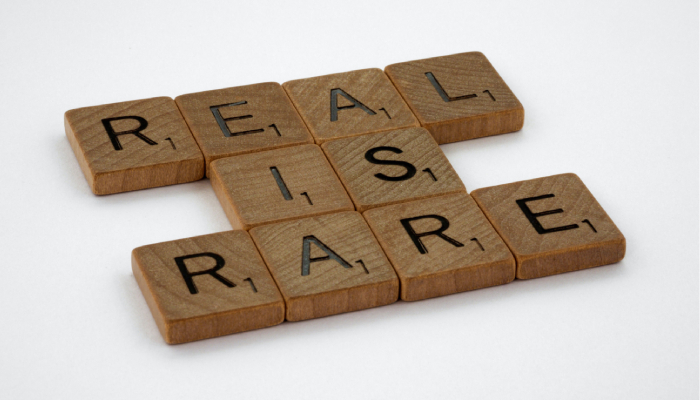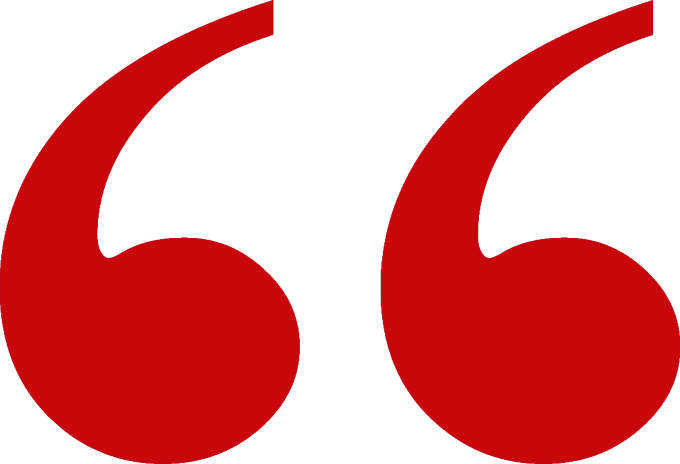
or

Counterfeiting is the production of fake products bearing the unauthorised representation of manufacturers’ trade mark or trade name. This international problem is mounting now, finds Veerendra Kr. Sinha
The main aim and objective of counterfeiting is to cash upon others reputation, earn profit by compromising safety, quality of products or cleanliness of process involved in the production of goods.
The pass off products are brothers of counterfeit products, which cleverly use similar looking name, spelling, packaging, colour scheme or design deliberately to mislead especially the illiterate customers, who can not distinguish between genuine and fake products.
Counterfeiting is virtually a problem for every industry. It has internationally evolved as a big business and is estimated to have grown by over 10,000 per cent in past two decades. Increasing international trade of pharmaceuticals and sales via the Internet has further facilitated the entry of counterfeit products into the supply chain. Advocate VC Mathews, RK Dewan & Co, Mumbai comments, “Commencing from documents to currency, counterfeiting has now permeated to luxury goods, consumer goods, cars etc. They also cause many health risks and also result in a loss of revenue. Counterfeiting is a problem of epic proportion in the field of IPR as well known marks are blatantly copied and passed off as the original product. These are bought by the unassuming consumer and usually results in a loss of faith and tarnishing of the reputation of the Brand. Customs Officials play a major role in the restricting of such counterfeits into a country. Europe has been extremely vigilant in this regard. The TRIPS agreement does expressly give such officials very important role with regards to this.”


“Counterfeiting is a problem of epic proportion in the field of IPR as well known marks are blatantly copied and passed off as the original product. These are bought by the unassuming consumer and usually results in a loss of faith and tarnishing of the reputation of the Brand. Customs Officials play a major role in the restricting of such counterfeits into a country. Europe has been extremely vigilant in this regard. The TRIPS agreement does expressly give such officials very important role with regards to this.”
The threat of digital counterfeiting and forgery of any document is grossing at an increasing pace and the same has migrated from professional counterfeiters to casual counterfeiters. Further, secure documents are absolutely essential for effective governance and administration. Moreover, the associated risks for accepting fraudulent documents are substantial, both financially and legally.
A recently submitted Interpol report indicates that large volumes of counterfeit anti-malaria drugs have been coming from Southeast Asia. The WHO fact sheet on counterfeit medicines describes large scale deaths in Nigeria, Haiti and India, due to consumption of spurious drugs.
Almost all of the counterfeiting offences have certain common features like destabilisation of economy, security, health hazards and eating up jobs. Apart from this, it also benefits organised crimes and terrorist outfits. In many cases, counterfeiters do not charge sales tax and if they charge, they retain it. In other cases, the counterfeiters pay only a part of their true income tax liability.
There is no doubt that the international bodies have taken apparent steps in combating this menace. The TRIPs Agreement, a legal construct, sets out minimum levels of standards concerning intellectual property in the form of copyrights, trademarks, patents, industrial designs, geographical indications, integrated circuits and trade secrets. The work of multilateral forces such as by INTERPOL International Crime Action Group (IIPCAG), WHO, International Medical Products Counterfeiting Taskforce (IMPACT) and that of WIPO deserve appreciation.
Security hologram, security printing, biometric solution, digital security card based technologies etc. are various sophisticated anti counterfeiting systems. Enactment of special laws, creation of specialised enforcement etc. is required. Since it is a transnational issue; therefore, all the domestic efforts will be sub-optional unless they supplement enforcement cooperation between nations.
Counterfeit medicines represent a very real, widespread and growing illegal trade. However, reported figures represent only the tip of the iceberg, particularly in developing countries, due to insufficient anti-counterfeiting resources available. 2D-bar codes and Radio Frequency Identification tagging are the two most prominent track-and-trace technologies to counter counterfeiting.
Simons Security Systems (3S) is a renowned manufacturer of anticounterfeiting technologies on the basis of micro colour-codes SECUTAG which saves brand owners from unjustified product liability claims.
The Kryotrans range is in use with pharmaceutical companies all around the world. Kryotrans Containers use phase change configuration for 20, 2-8 and + 20 requirements, with dry ice alternations available for lower temperatures. The results of all shipments are recorded on the integral data logger, which not only records internal and external temperatures (as well as occasions upon, which the container may have been opened) but also displays the internal temperature (showing highest and lowest encountered during the trip) for easy product acceptance and sign off.
It is an emerging international company in the authentication and verification of product packaging, papers, plastics and metals, as used in brand protections, documents, ID Cards and item level authentication.
It is a reputed supplier of proprietary graphical software developed for bank notes and security printers and for licensing special patented security features for the protection of bank notes, passports, and ID Cards and other security documents.
It is a leading security, engineering and brand protection company, primarily specialising in building comprehensive security architecture, safeguarding protection in view of diversion, fraud and counterfeiting.
In India, the problems of counterfeiting have made the companies and brands to take notice and deeply contribute to the counteracting of the problem. A Brand Protective Committee has been formed under the aegis of the Federation of Indian Chambers of Commerce and Industries (FICCI) to stem the sale of counterfeits and fakes in India.
There is also a special website www.takekuster.com, which has been launched to help eliminate the manufacturer of such look-alike products and to facilitate open communication between stake holders and other interested parties. The site also offers food and drugs association addresses. Apart from FMCG products, the website will expand its reach to 20 other products segregated in eight categories. FICCI’s BPC is also working in tandem with Indian Pharmaceutical Alliance members including Ranbaxy, Dr. Reddy’s Alembic and other to check the menace of spurious drugs.
The boom in counterfeiting has been driven largely by the advance in technology and negligible production costs. With the wide spread use of internet along with cheap and high quality equipments, it has been made possible to mass produce counterfeit products without sophisticated training. In conjunction to this, enforcement lapse of rigorous trademark rules in various countries have also been a fuelling factor for this global phenomenon.
Veerendra Kr Sinha is an IPR Advocate at Sushant M Singh Associates, Advocates & Solicitors.

Lex Witness Bureau

Lex Witness Bureau

Lex Witness Bureau

For over 10 years, since its inception in 2009 as a monthly, Lex Witness has become India’s most credible platform for the legal luminaries to opine, comment and share their views. more...
Connect Us:


The Grand Masters - A Corporate Counsel Legal Best Practices Summit Series
www.grandmasters.in | 8 Years & Counting
The Real Estate & Construction Legal Summit
www.rcls.in | 8 Years & Counting
The Information Technology Legal Summit
www.itlegalsummit.com | 8 Years & Counting
The Banking & Finance Legal Summit
www.bfls.in | 8 Years & Counting
The Media, Advertising and Entertainment Legal Summit
www.maels.in | 8 Years & Counting
The Pharma Legal & Compliance Summit
www.plcs.co.in | 8 Years & Counting
We at Lex Witness strategically assist firms in reaching out to the relevant audience sets through various knowledge sharing initiatives. Here are some more info decks for you to know us better.
Copyright © 2020 Lex Witness - India's 1st Magazine on Legal & Corporate Affairs Rights of Admission Reserved